Chernobyl The Abandoned City of Pripyat
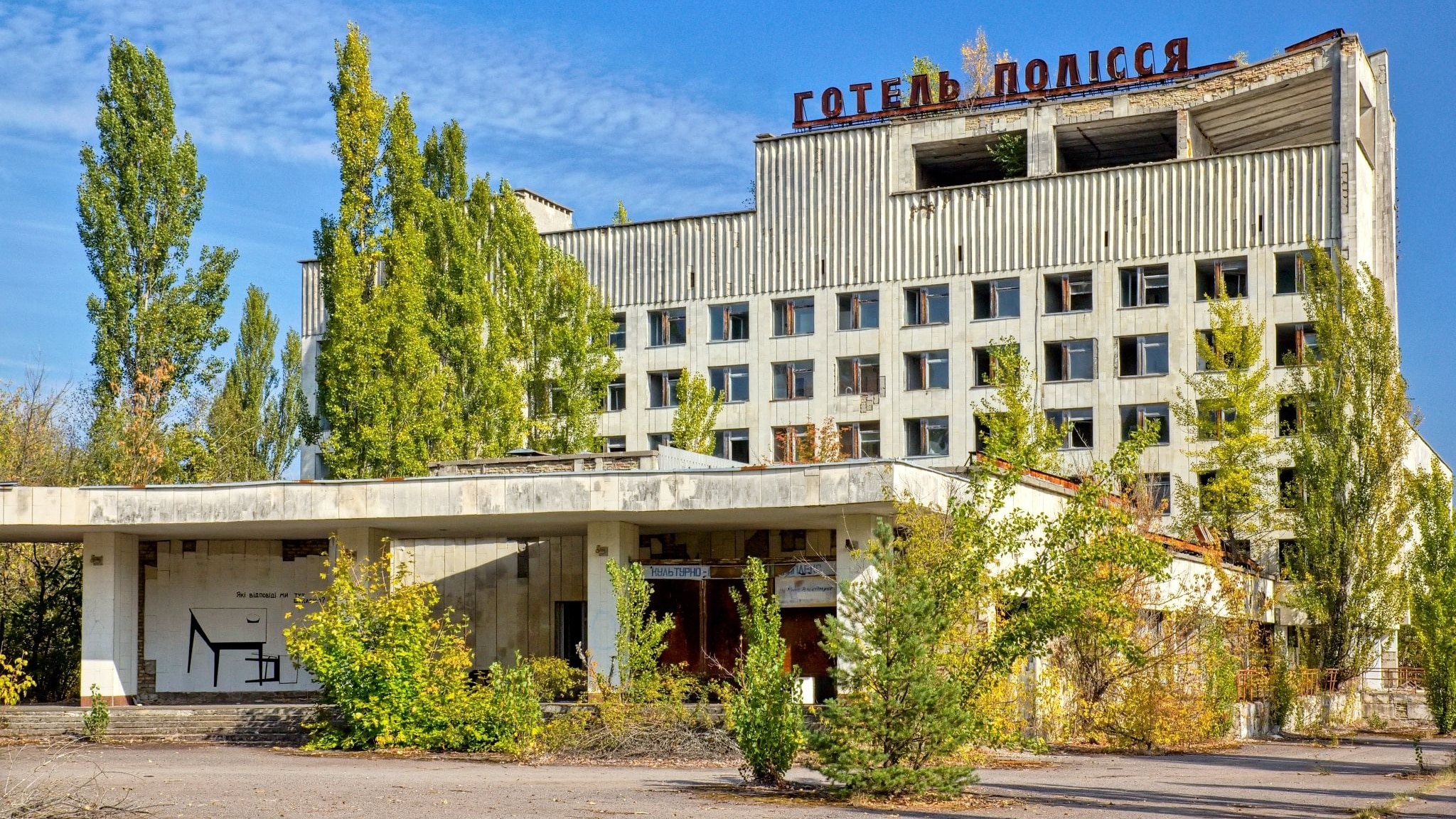
The Chernobyl disaster left a lasting mark on world history, and its effects are still felt today. Pripyat, the ghost town it left behind, is a place where nature has reclaimed the city. Come and use photography to explore a place that offers a fascinating glimpse into the past.
The Chernobyl Nuclear Power Plant, formerly the Vladimir Ilyich Lenin Power Plant, was considered the pride of the communist regime. At the time, Pripyat, one of the most modern cities of the former Soviet Union, was built nearby. It mainly served as a home for the families of the power plant employees.
Pripyat was designed to be a city for the chosen ones, with many shops, a football club, a port, and an amusement park. Its residents lived happily until the fateful night of 26 April 1986 when a tragedy occurred that still affects the lives of many today. After the accident, the entire area was closed for many years. A permit and guide are required to enter the restricted area. What can photographers expect and look for in and around Pripyat?

Visiting the areas surrounding Chernobyl is not recommended due to the military conflict in Ukraine. All reputable travel agencies have suspended tours to the area until further notice.
Pripyat—A ghost town
This ghost town is made for photographers who are interested in urbex or architecture photography, but even non-photographers will find something interesting.
The location that draws most photographers is the abandoned city of Pripyat. It is located about 3 kilometers from the plant itself and was heavily affected by the radioactive fallout immediately after the accident. However, the evacuation didn’t begin until the day after the accident. Residents were ordered to take only basic supplies for a few days, but most of them never returned.
As a result, today, Pripyat remains a ghost town where time seems to stand still. Most of the city was left as is. And, although it has been partially looted, there is still much to discover.
Famous swimming pool and abandoned housing complex
Tours of Pripyat usually start at the well-known swimming pool and sports hall, which functioned as a shelter for several years after the accident. It was used by workers who carried out decontamination procedures and measurements of the affected areas. Today, the pool and sports hall are dilapidated and offer photographers an interesting, if not scary, perspective.
The empty pool and sports hall are exposed to the elements.
The tour continues through various housing complexes, which, due to the state of the buildings, are usually off-limits. Nevertheless, we are able to see some of the abandoned apartments.
In the abandoned apartments, you will usually find only a silent testimony to what the atmosphere might have been like prior to the evacuation.
You can see the abandoned city from the upper floors of the apartment buildings. Nature is slowly reclaiming the city. There are also beautiful views from the balconies. But be sure to check their structural integrity before you enter so your adventure doesn’t end with a fall to the floor below or worse.
Touring the school and stadium
The next stop may be the abandoned nursery school, which is famous for the photos of dolls that were left behind. However, most of these photos were artificially staged. Many of the dolls were brought by photographers or other visitors, to bring emphasis to the depressing atmosphere of the school.
The stadium, which used to house the Stroitěl Pripjať Football Club, is now so overgrown with vegetation that only the stands indicate its original purpose. There are also several “hot spots” in the stadium that are still highly radioactive.
Amusement Park
One of the most famous landmarks in Pripyat is the Ferris wheel in the amusement park. It was supposed to open on 1 May 1986, but due to the accident, it never opened. Today, the Ferris wheel has fallen into disrepair, and it is probably only a matter of time before it crumbles completely.

You can ride a similar type of Ferris wheel, such as the one in the city of Navoiy in Uzbekistan.
The theme park includes many attractions. The abandoned bumper cars evoke childhood memories for many. It is also another symbol of desolation and emptiness and fascinates visitors from all over the world.
Shopping center and nearby surroundings
A short way from the amusement park is the former shopping center on Lenin Square. In the past, this was where there were queues for goods that were hard to find elsewhere in the Soviet Union.
Today, the shopping center is only recognized by the broken shopping carts. It is also full of drawings of animals and other scenes that someone painted on the walls.
Street art in Pripyat
You will also find abandoned restaurants, the Energetik Palace of Culture, and the Polesí Hotel on Lenin Square. At the end of its operation, the hotel housed workers cleaning up the aftermath of the accident.
Road to the port
On the way to the port, you can see the Prometheus Cinema, directly next to the music school. There are interesting giant mosaics that were a showpiece of the Soviet era. You can still find them today in various locations in post-Soviet republics.
There used to be a statue of Prometheus in front of the entrance to the music school. After the accident, it was moved to the front of the power plant, where it replaced the statue of Lenin so that no one would associate the tragedy with his name.
There is also a café by the port with a well-preserved stained-glass window, which was highly frequented in its glory days. However, you won’t find any coffee there today.
Below the café is the pier where boats used to leave for trips on the Pripyat River. During my visit, all that was visible was a half-sunken houseboat and cranes servicing the nearby cargo port.
Medical clinic and school
Firefighters who helped during the accident were taken to the medical clinic. Their clothes were so contaminated with radiation that they were stored in the basement of the building, where they remain today.
Even after many years, you can still find the most radioactive item in Pripyat. It is a scarf that was part of a firefighter’s uniform, which someone must have removed from the basement.
On the way out of Pripyat, you can see the former school, which is slowly falling apart.
Chernobyl, Pripyat, and the surrounding restricted zone remain a tragic reminder of human suffering. Apart from that, it is a fascinating place, not only for photographers and history lovers.
I believe that even though a visit to the Chernobyl Exclusion Zone is not possible due to the military conflict in Ukraine, I have managed to bring you closer to what this fascinating place offers.
The tour of Pripyat ends here. But you can look forward to further exploration of the Exclusion Zone, where you can find many more interesting things.
Check out more breathtaking photography from around Chernobyl and Pripyat.
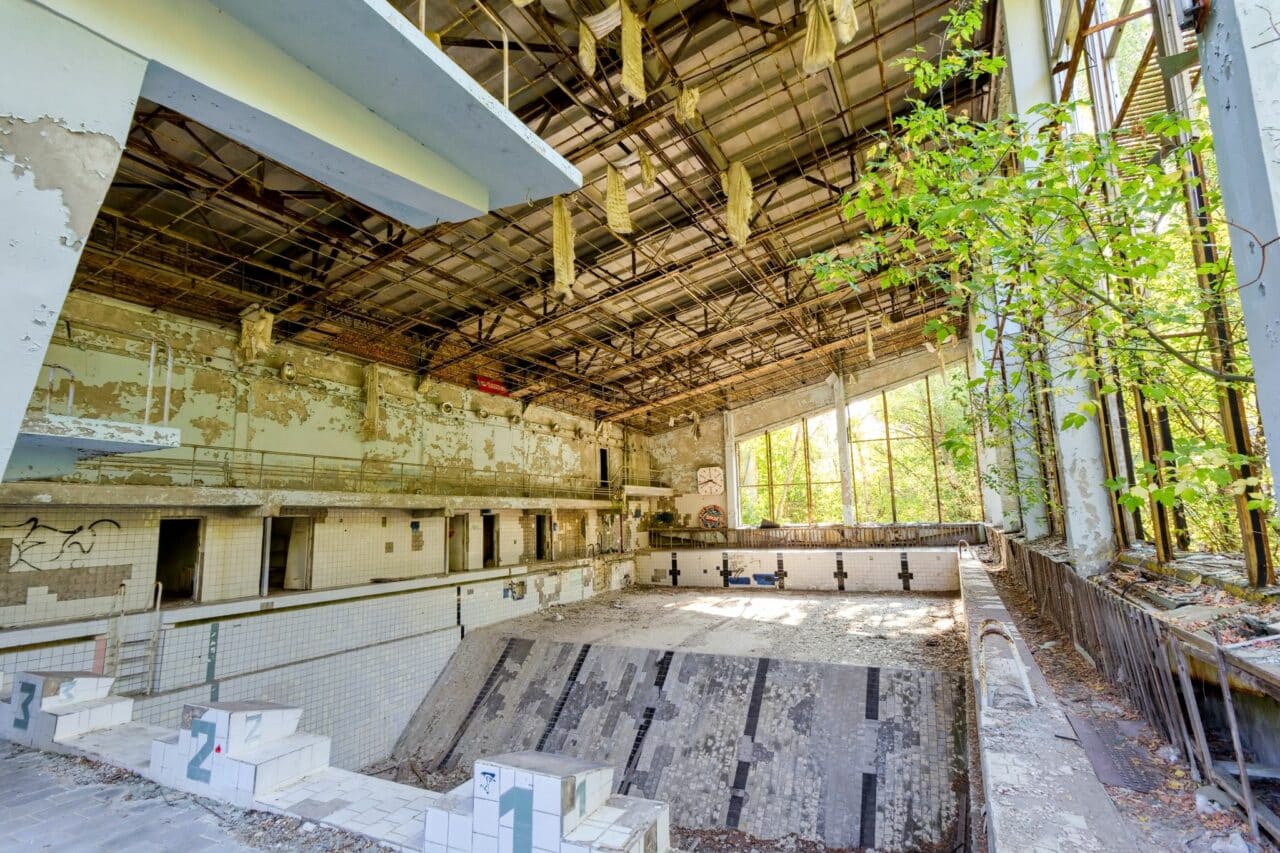
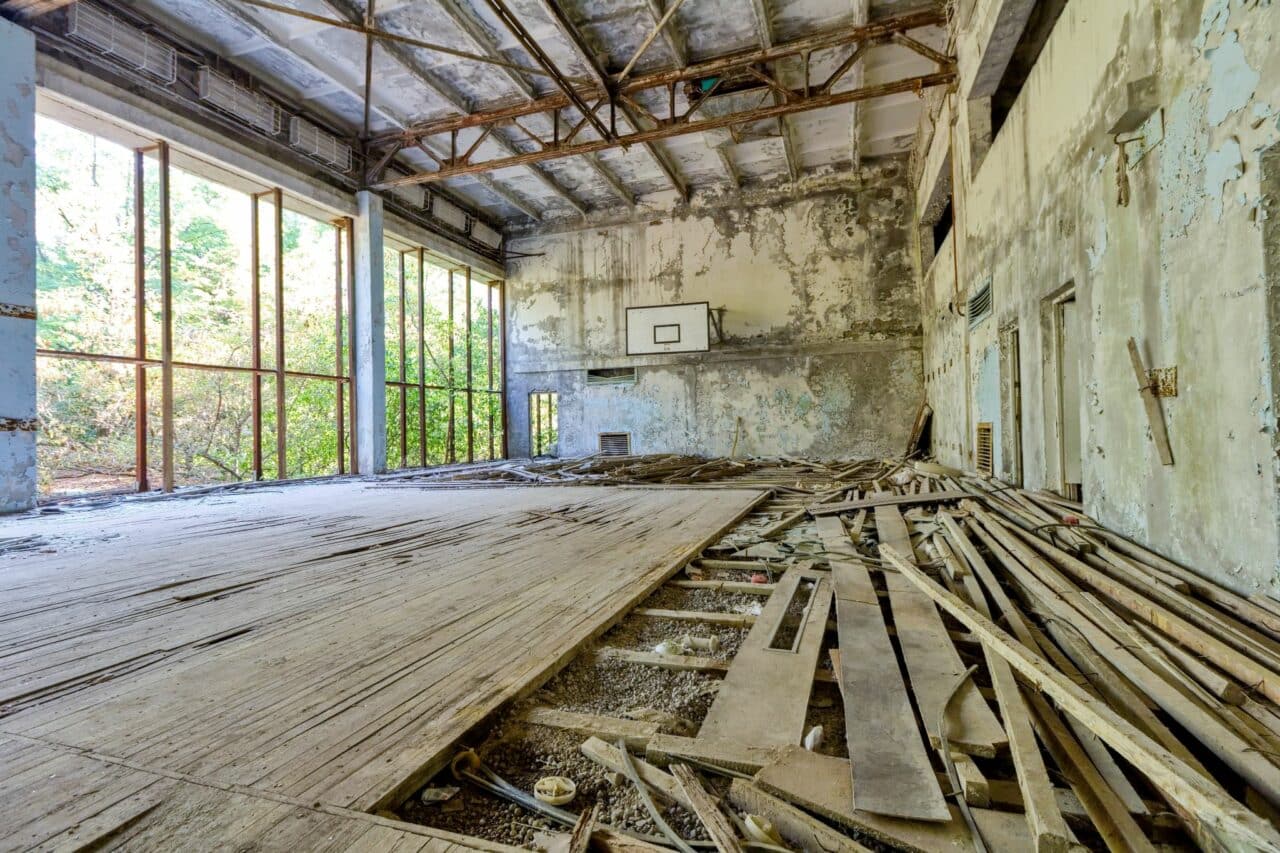
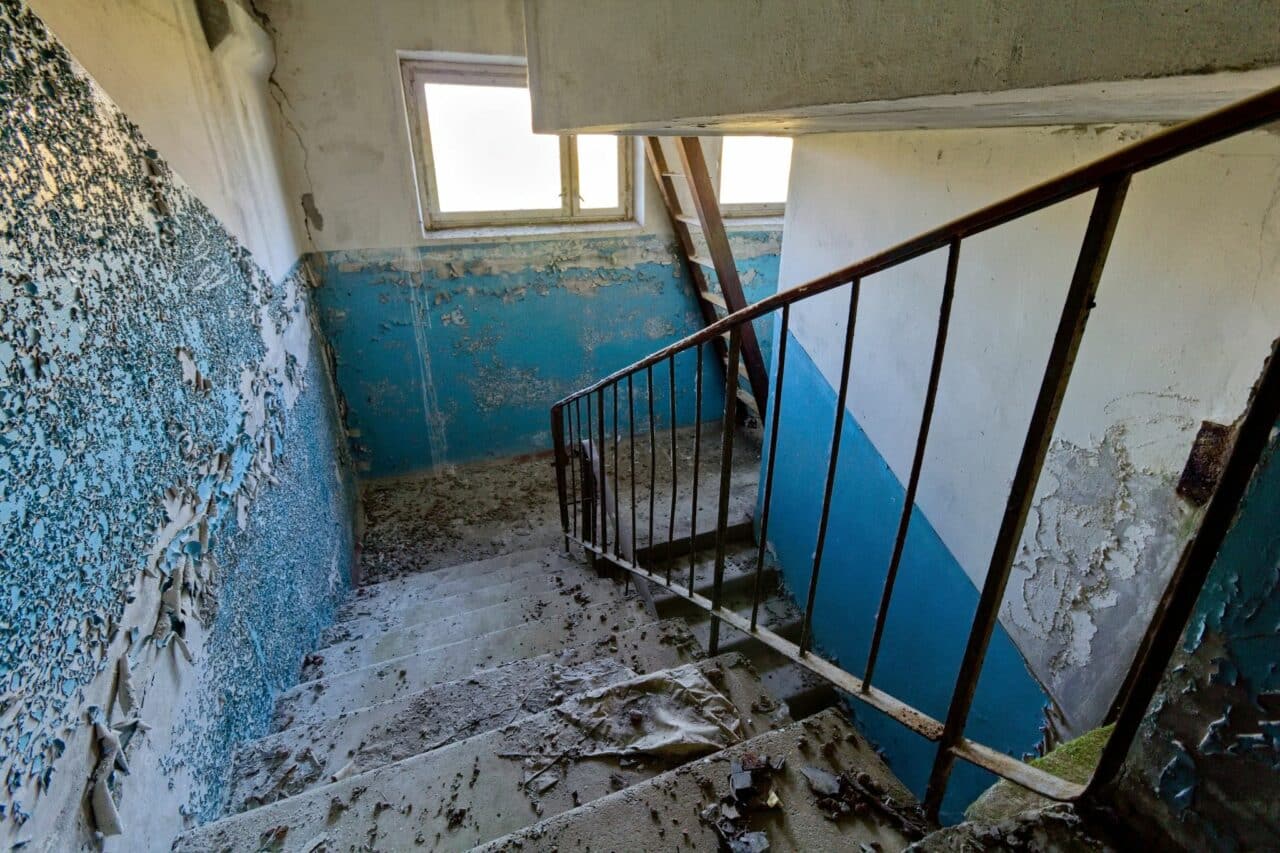
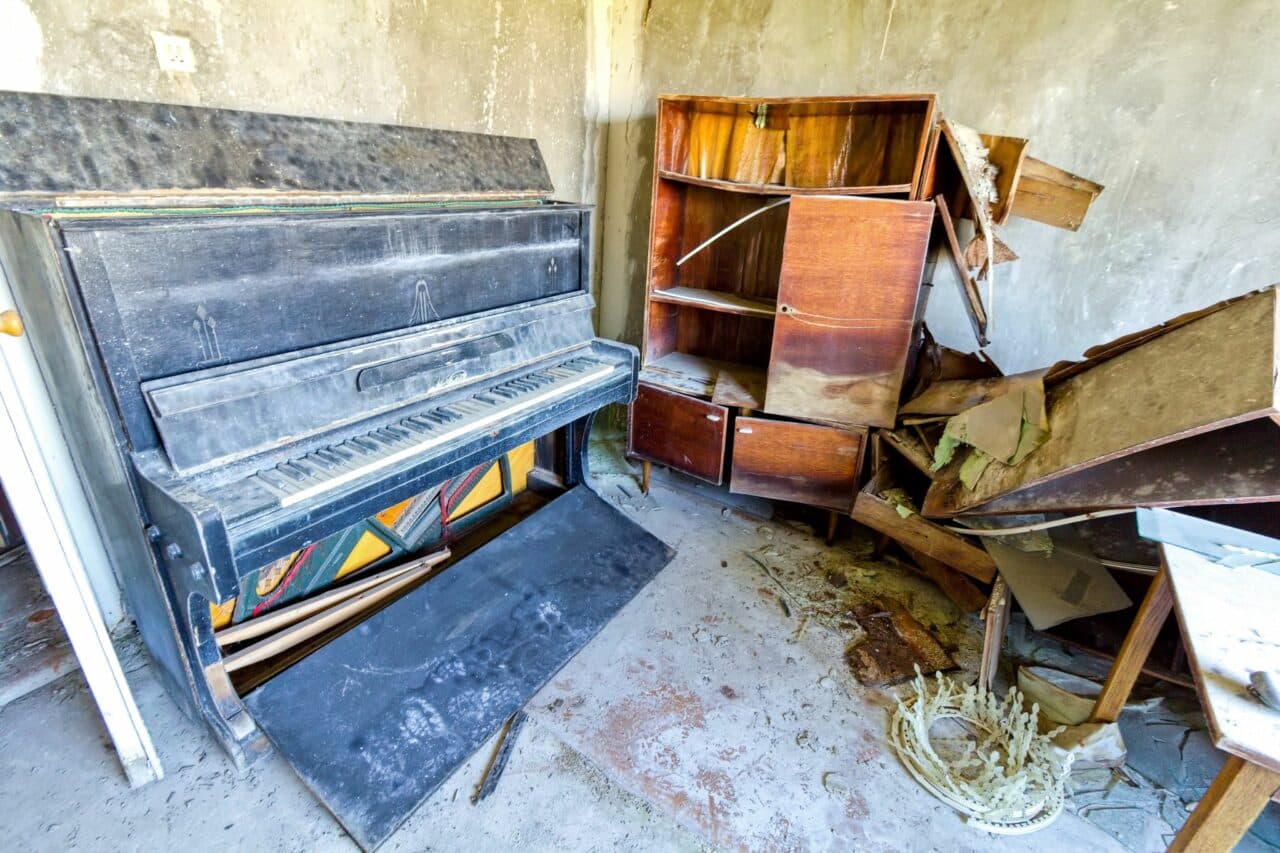
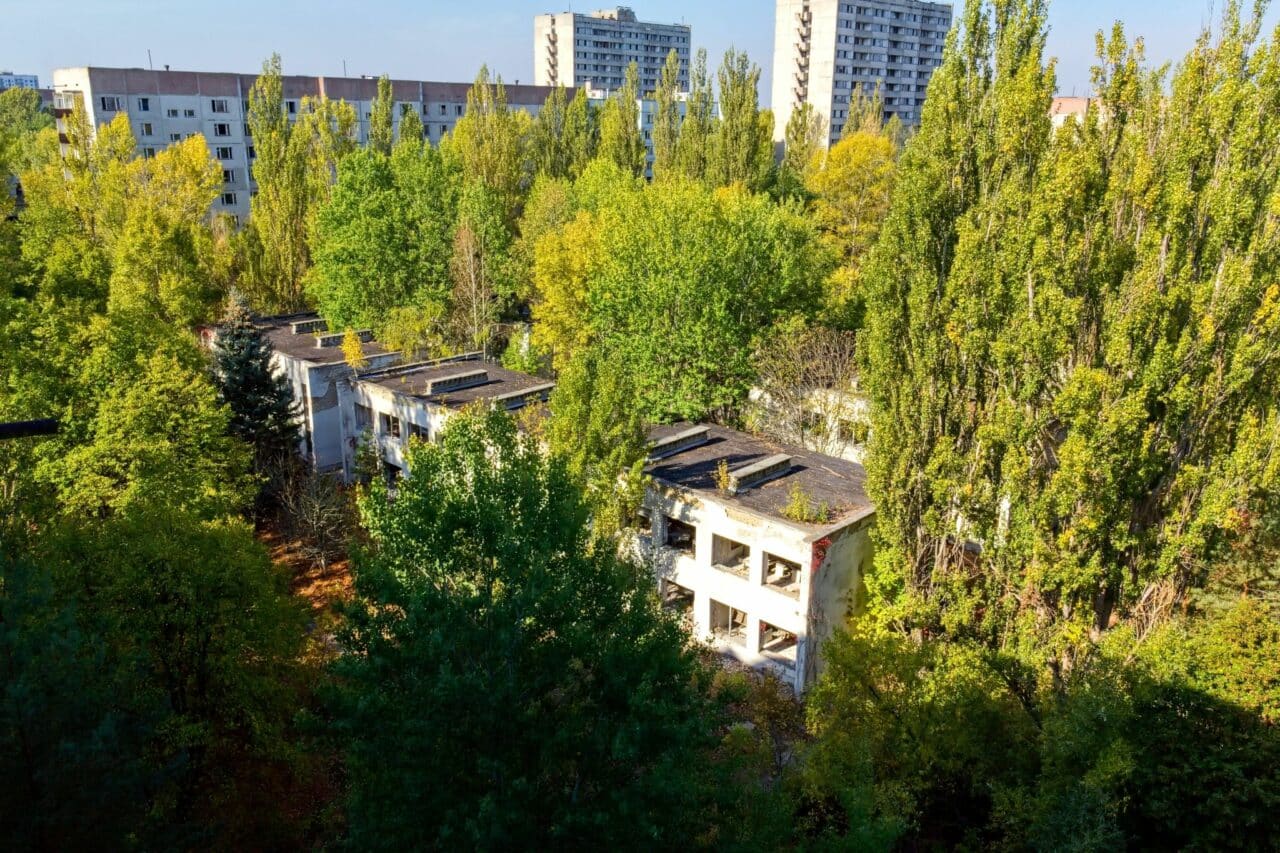
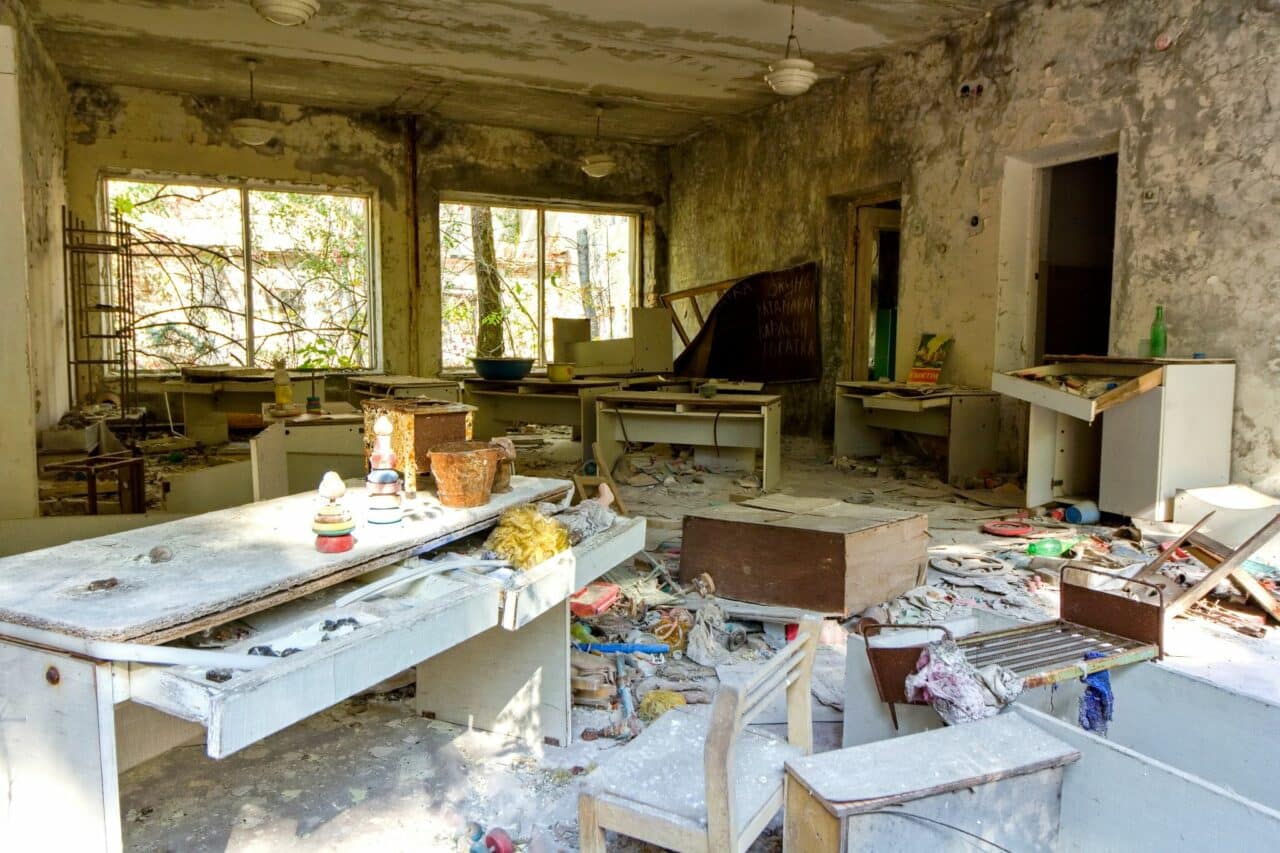
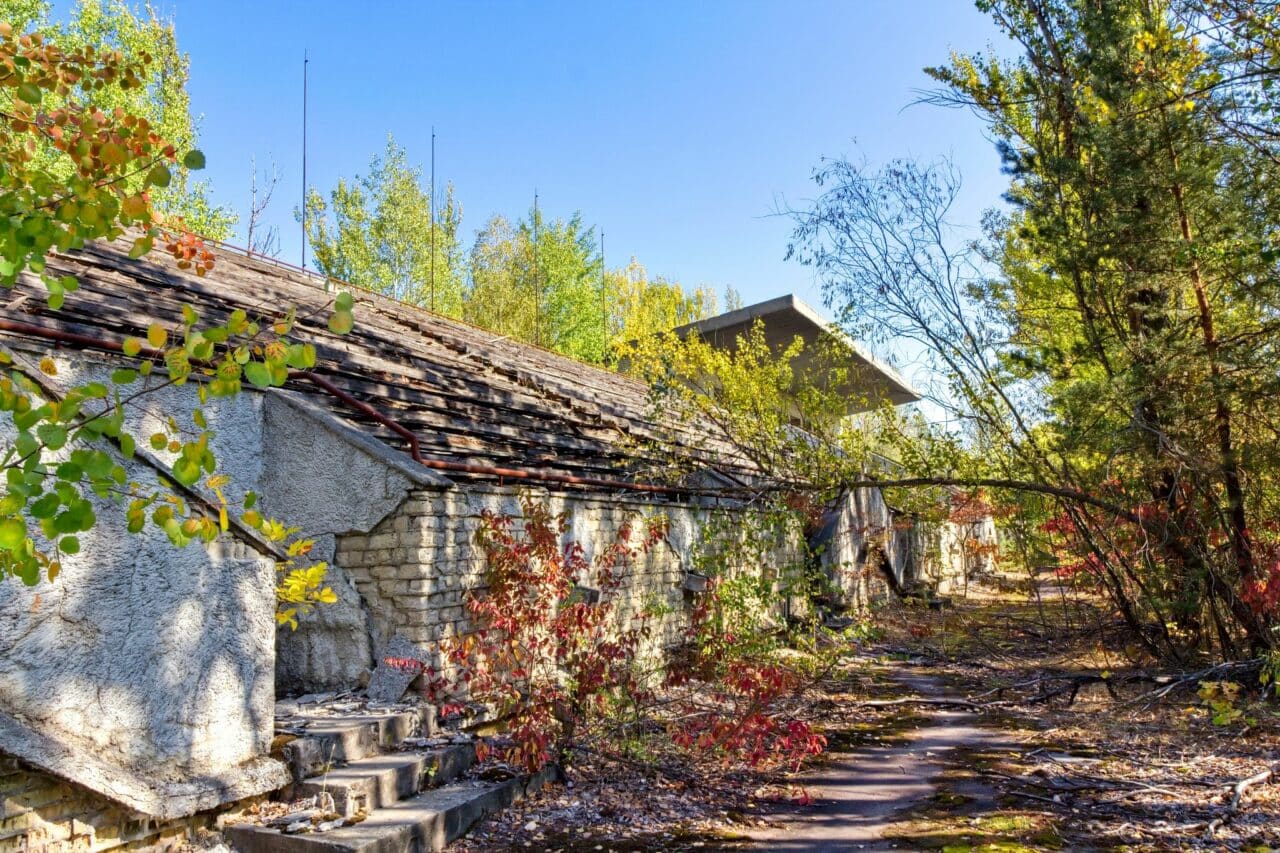
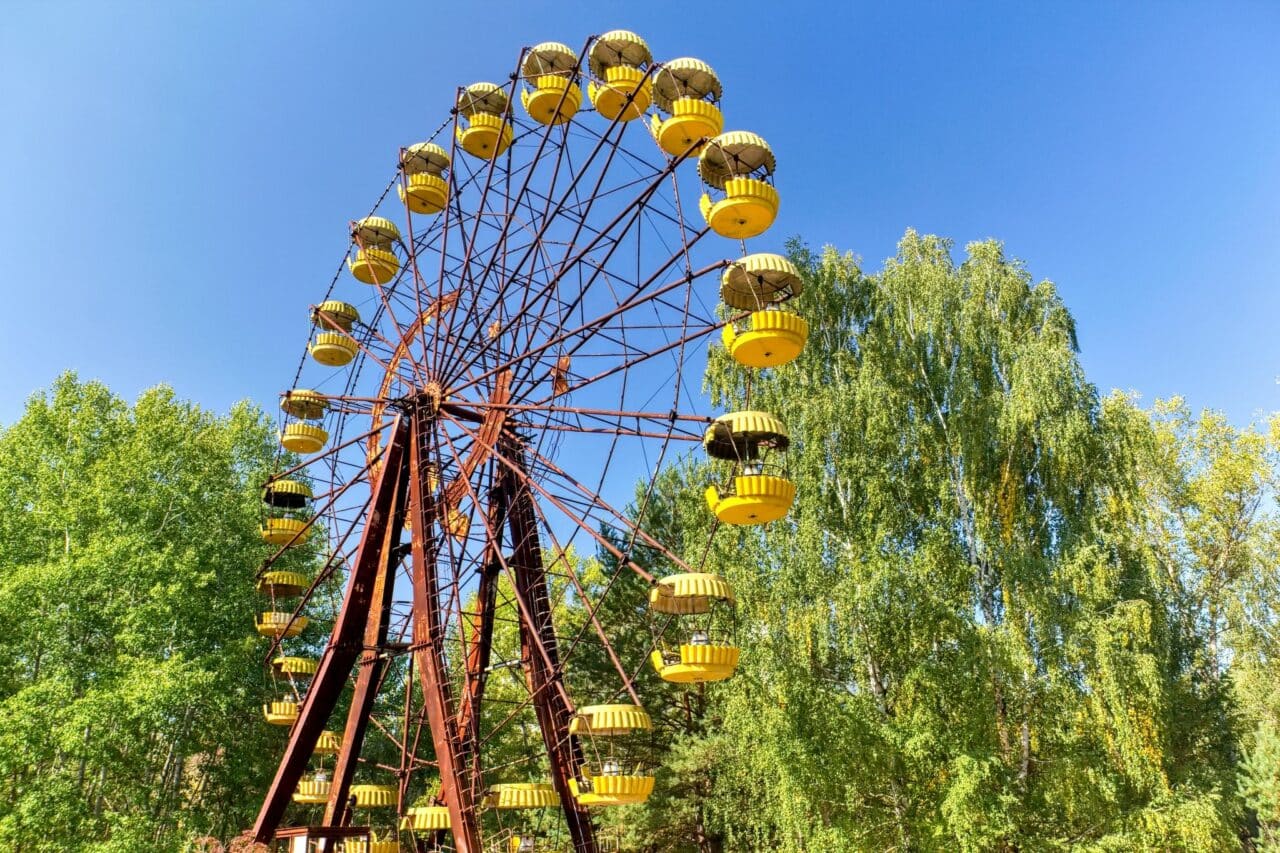
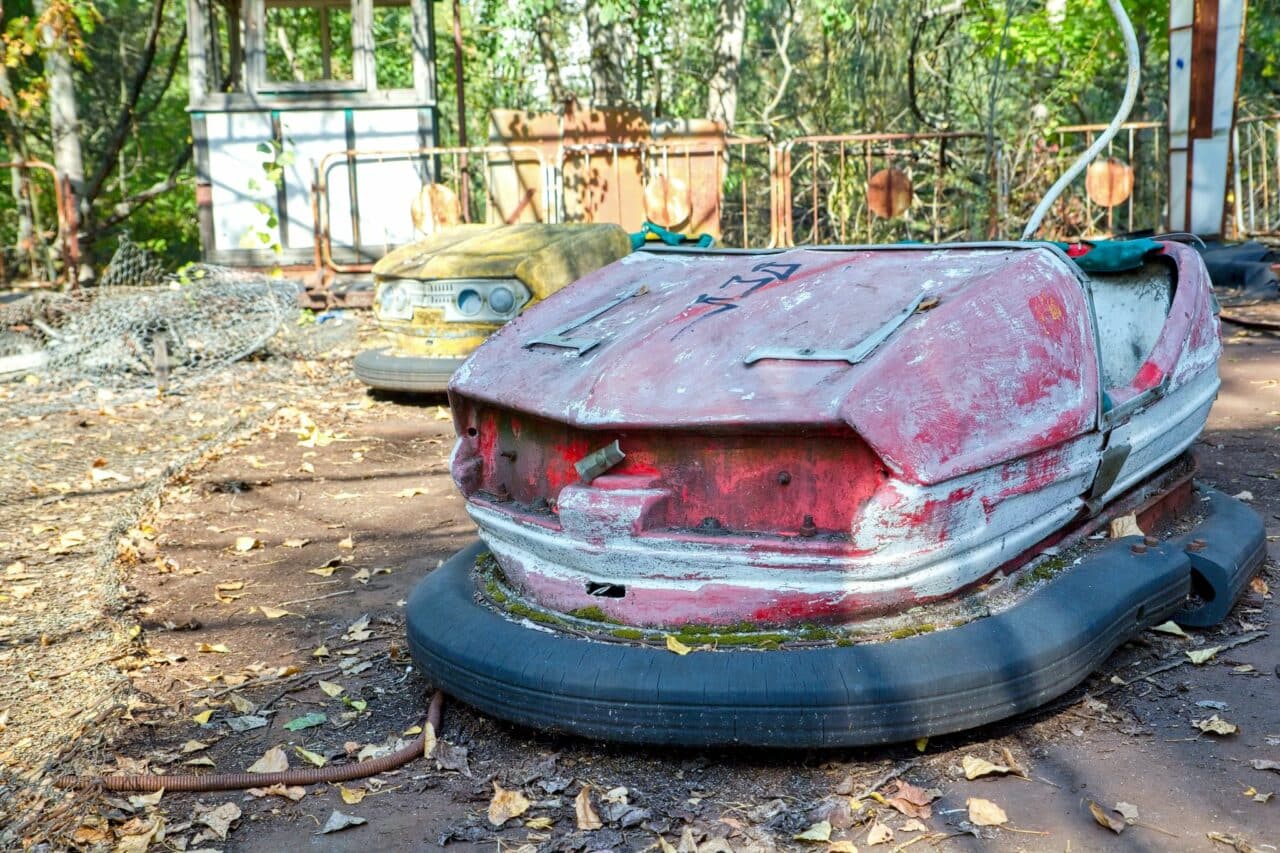
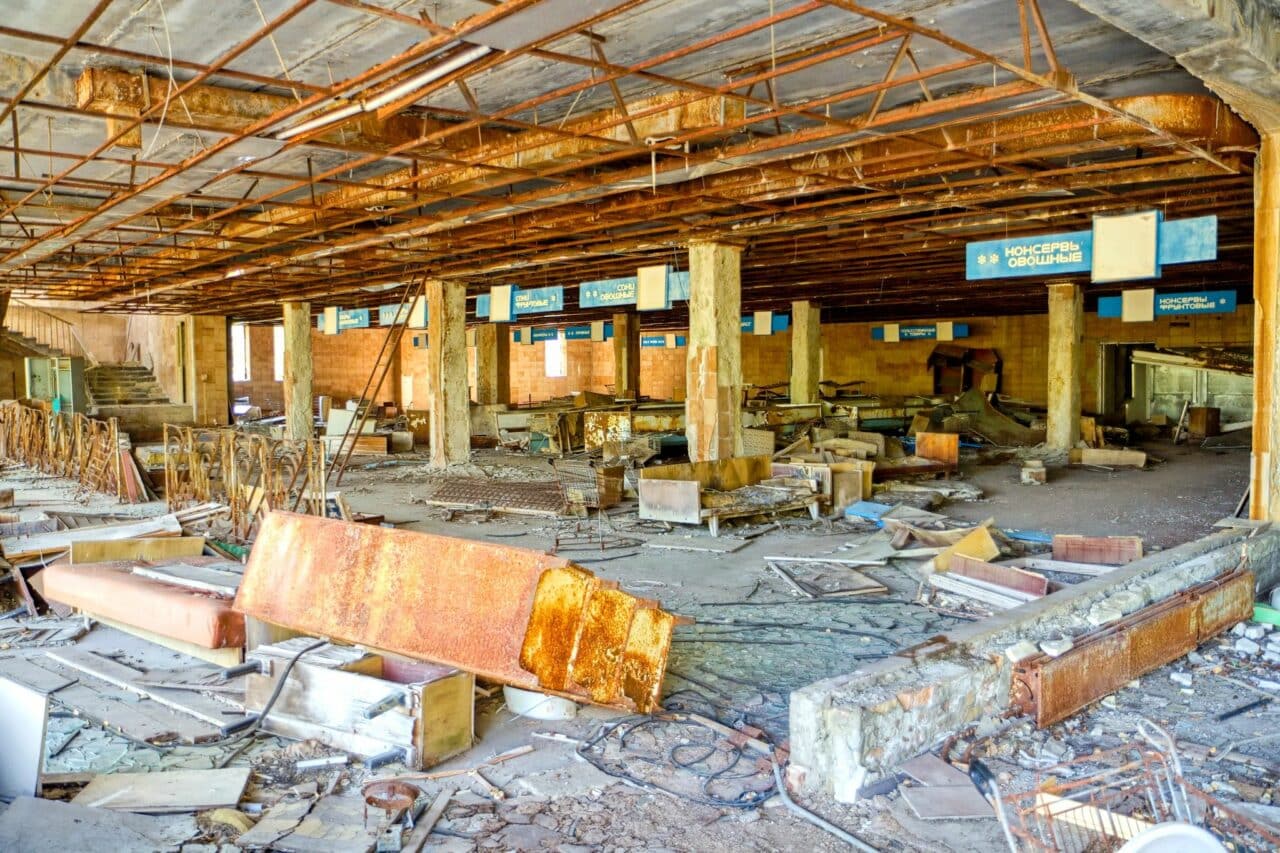

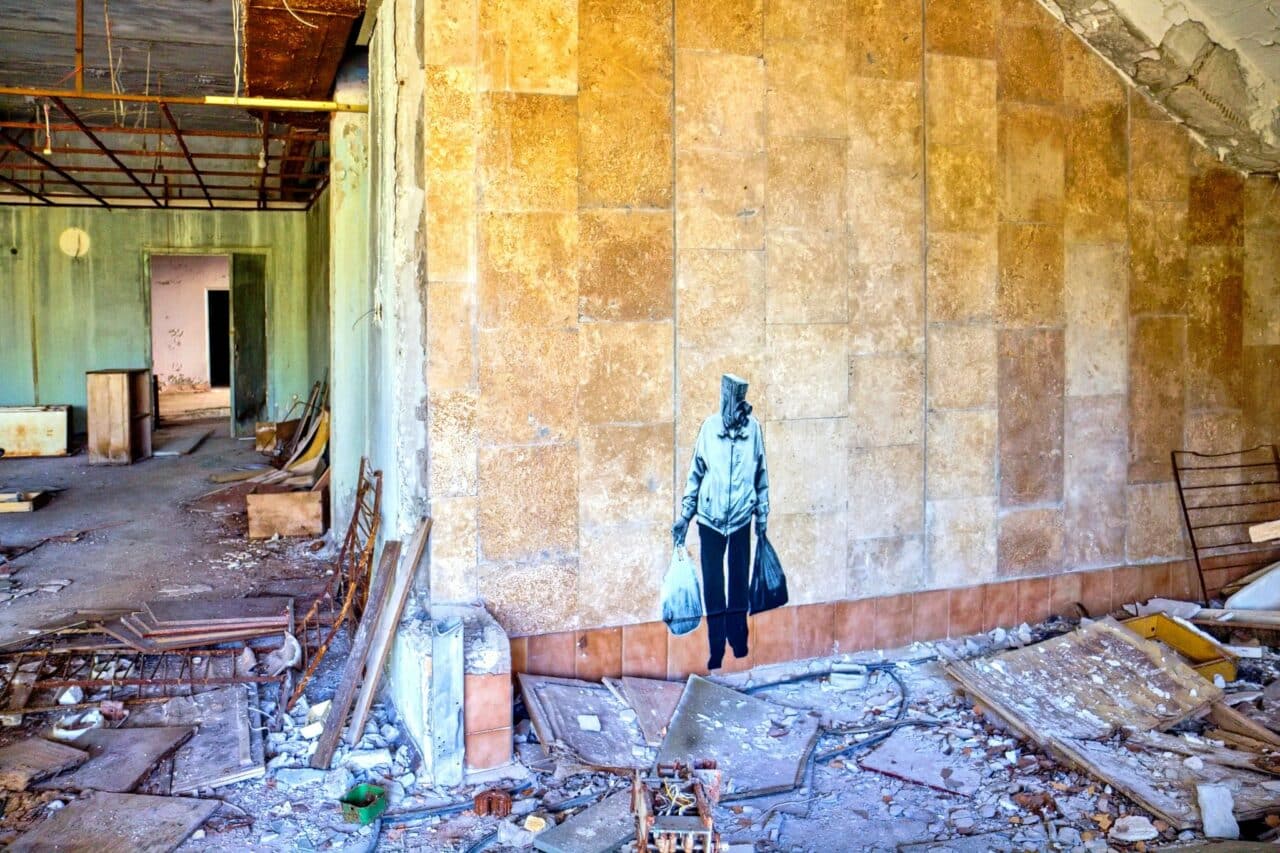

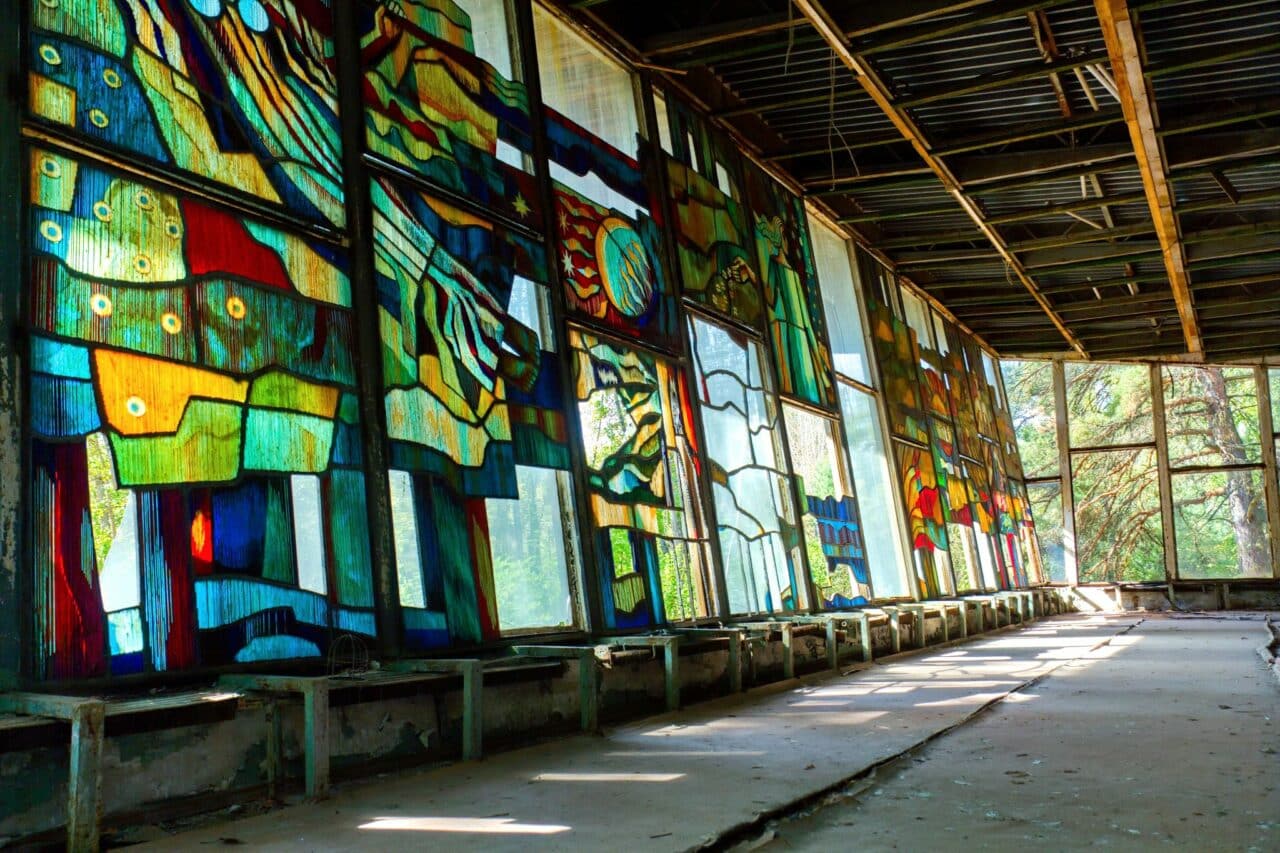
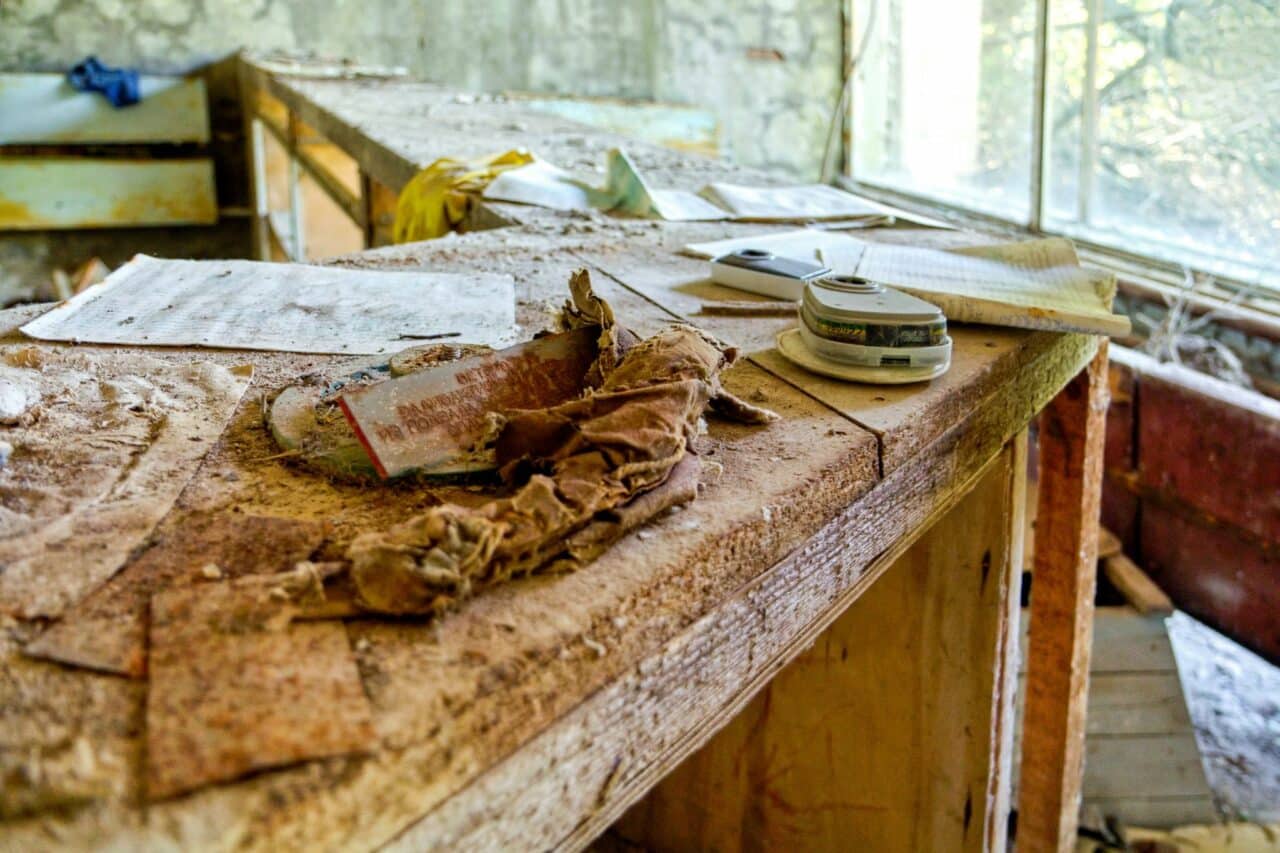

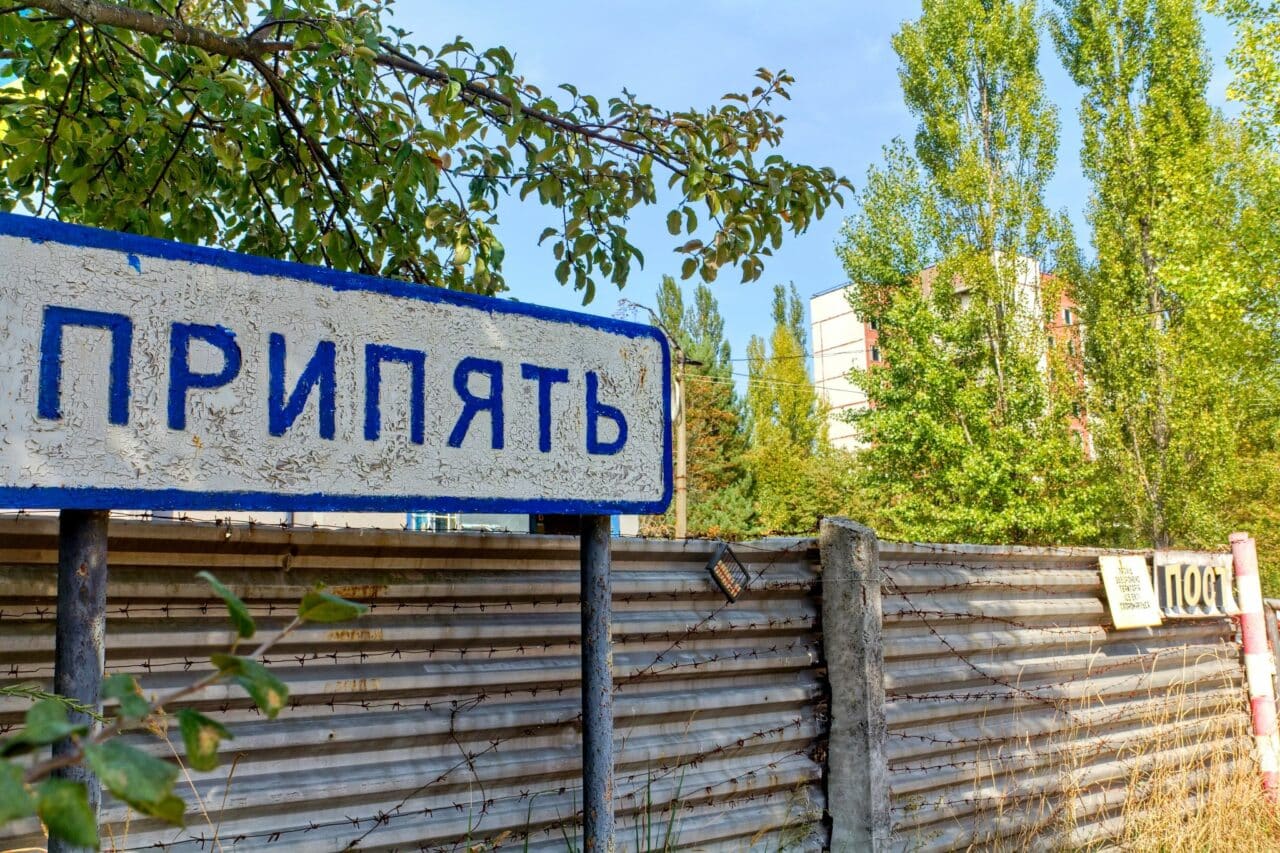
Phil Rose
These are fascinating. I so want to get there some day. Thanks for doing this!